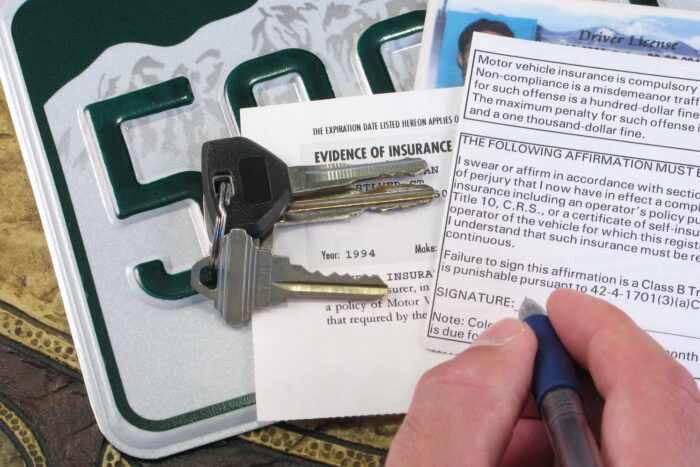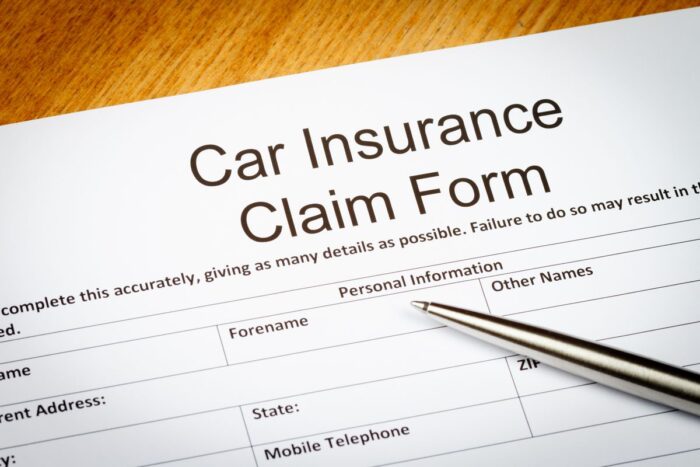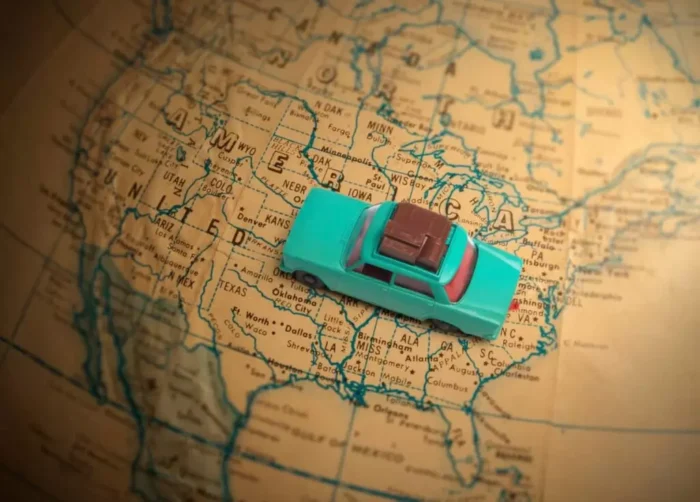
In the grand tapestry of life, we may be confronted with changes, both scary and exciting, and we sometimes find ourselves preparing for a big move – packing up our belongings, saying our goodbyes, and heading off to a new adventure in another state. Unless you’re moving by plane or by train, the one thing that will always accompany you on this journey is that trusty four-wheeled companion, our car. As exciting as this prospect is, though, moving to another state with your car brings a unique set of challenges and considerations. But fear not, we’re here to guide you through it.
1. Get Your Car Checked

Before you embark on this new chapter, it’s essential to ensure that your vehicle is ready for the journey. It could literally be a matter of life and death. But it’s really very straightforward. All you need to do is schedule a comprehensive check-up with your mechanic and you should be good to go. Make sure they inspect the tires, brakes, fluids, and every little thing that keeps your engine humming and your wheels rolling. The last thing you want on a long drive is a mechanical failure that leaves you stranded at the side of the road. It can get expensive to bring your car up to being worthy of a long trip, but it’s an expense you can’t afford to skimp on.
2. Research Driving Laws and Regulations
The United States of America may be the country of the road trip, but the fact that it’s made of 50 somewhat independent states actually complicates things quite a bit. Every state has its own unique set of driving laws and regulations, which can vary significantly from your current state. For example, rules about using cell phones while driving, maximum speed limits, and seat belt requirements can differ, despite the fact that these seem to be basics that should be all the same wherever you go. Brush up on these laws to ensure a smooth transition and to keep yourself out of trouble on the roads.
3. Update Your Vehicle Registration and Driver’s License

When you move to a new state, you typically need to update your vehicle registration and driver’s license. The deadline for doing this can vary by state but is generally within 30 days of moving. You’ll likely need to visit the Department of Motor Vehicles (DMV) in your new state to get this sorted. Remember, driving with an outdated license or registration can lead to fines or penalties, so it’s important not to delay this task.
4. Consider Emissions and Safety Inspections
Once you have your car roadworthy and your documents, the last thng you really need to do is make sure that your car is up to code in terms of emissions and safety. Some states require emissions and/or safety inspections for all vehicles. This could be a one-time requirement when you first register your vehicle, or it could be a recurring necessity. Check what the rules are in your new state and make sure your car complies to avoid any issues.
5. Navigate the Maze of Car Insurance

Moving states also means revisiting your car insurance. You may not be asking yourself “how does car insurance work?” but the ins and outs of insurance certainly goes well beyond the knowledge that car insurance is a policy that protects you against financial loss if you’re involved in an accident or if your car gets damaged or stolen.
Because here’s the thing: car insurance is regulated at the state level, and each state has its own minimum requirements. As if the basic laws of insurance weren’t complicated enough, the specifics applied by each state to insurance can be a whole other kettle of worms. Some states, for example, require only liability insurance (to cover damages or injuries you cause to others), while others might require additional coverage like personal injury protection (PIP), which covers your own medical expenses.
Contact your insurance company to inform them about your move and to find out more about what may be required after the move. Depending on your provider, you may need to update your policy or even switch to a new provider that’s licensed in your new state. Don’t forget to ask about potential discounts—sometimes, moving to a safer neighborhood or having a shorter commute can reduce your premium!
6. Plan Your Route
Whether you’re moving to a neighboring state or across the country, plan your route carefully, but this is especially important when you’re moving all the way across the country and all the more so if you’re going through quieter states, where big cities are interspersed with lots of small towns. Consider factors like weather, road conditions, and traffic patterns, and try and see how far apart each gas station is when you’re in the quieter, less built up parts of the country. Fortunately, this has never been easier. Use GPS-based apps to find the latest road data and the best routes to make your journey as smooth as possible. It’s also a good idea to plan regular stops to rest, refuel, and refresh. Remember, it’s not just about the destination, but also the journey!
7. Final Checklist

Once you’ve navigated the practicalities, it’s time for a final sweep to makee sure that you have everything you need. Check your car thoroughly, both inside and out. Ensure you have all necessary documents—like your driver’s license, registration, and insurance information—easily accessible.
Successfully relocating to a new state with your car is indeed a considerable challenge, but with the right knowledge and preparation, it doesn’t have to be overwhelming. By giving due attention to the essential aspects listed above, you’re setting yourself up for a smooth journey.
Just remember to do your research, plan ahead, and stay organized. As you traverse this path, don’t forget to enjoy the ride. Every mile brings you closer to exciting new experiences and opportunities in your new state.











